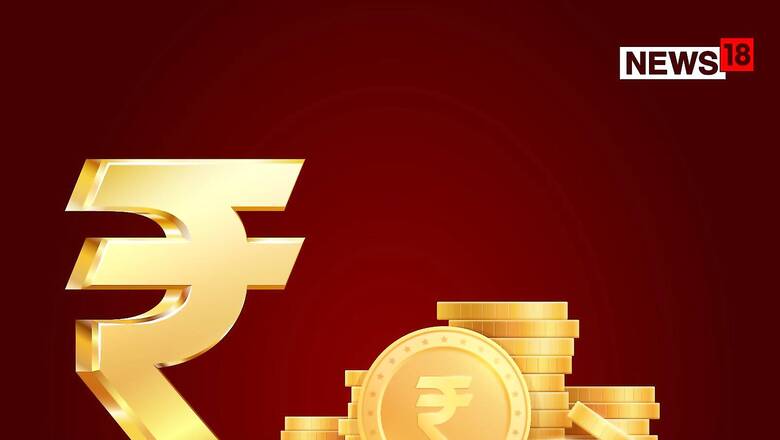
views
Union Finance Minister Nirmala Sitharaman will present her fifth budget on February 1. The Union of India contains the government’s revenue and expenditure for a given fiscal year and is a massive and complex document. Here’s your guide to understanding various financial jargon that you may come across in Finance Minister Nirmala Sitharaman’s Budget speech.
Annual Financial Statement
Article 112 of the Constitution requires the government to present to Parliament a statement of estimated receipts and expenditures in respect of every financial year – April 1 to March 31. This statement is the annual financial statement. This statement is the main budget document.
Budget Estimates
During the Budget speech, the funds allocated for various ministries are laid out. These numbers are called Budget estimates. For instance, if the government sets Rs 1,000 crore aside for healthcare, then this amount is the Budget estimate for the healthcare sector. These estimates however are not the final commitment by the government but these are just estimates of the extent of expenditure, the government is willing to go for. The government later also gives a revised estimate of how much is possible for it to extend, although the difference may not be huge.
Current Account Deficit
The Current Account Deficit (CAD) is the shortfall between the money received by selling products to other countries and the money spent to buy goods and services from other nations. If the value of goods and services we import exceeds the value of those we export, the country is said to be in a deficit, and the difference in the two values is CAD. The current account includes net income, including interest and dividends, and transfers, like foreign aid.
Divestment
Governments resort to divestment generally as a way to pare losses or to raise revenues. This could be from a non-performing asset, a loss-making company. This helps the government in raising non-tax revenue and to exit loss-making ventures.
Direct Taxes
Direct taxes are those levied directly on taxpayers – the income-tax, wealth tax or corporation tax.
Dividend Distribution Tax
Dividend Distribution Tax (DDT) is a tax levied on dividends distributed by companies out of profits to shareholders. The Budget in 2020 did away with the dividend distribution tax (DDT) in the hands of the company and instead decreed that tax be deducted at source (TDS) at 10 per cent on dividend income paid by a company to shareholders if the amount exceeded Rs 5,000 a year.
Economic Survey
Economic Survey brings out the economic trends in the country. The Survey analyses trends in sectors like agricultural and industrial production, infrastructure, imports, exports, employment, money supply and all the relevant economic factors that have a bearing on the Budget. It is presented in Parliament a day ahead of the Budget for the next financial year.
Finance Bill
Finance Bill is one that concerns the country’s finances including taxes, government expenditures, government borrowings, revenues, etc. The Union Budget which contains all these is passed as a Finance Bill. It gives effect to the financial proposals of the government.
Fiscal Policy
The government uses spending and tax policies to control economic conditions and achieve sustainable growth under Fiscal Policy. A healthy fiscal policy is significant to control inflation and increase employment while maintaining the value of money. It plays a crucial role in managing the economy.
Fiscal Deficit
Fiscal deficit is a condition when the expenditure of the government exceeds its revenue in a year. The fiscal deficit is calculated as the total revenue generated minus the total expenditure. Government revenue comes from revenue receipts, recovery of loans and other receipts of the government. While most countries continue to project a deficit in their economies, a surplus is rare. The Fiscal Responsibility and Budget Management Act (FRBM Act), 2003, establishes financial discipline to reduce the fiscal deficit in the country
Gross Domestic Product
Gross Domestic Product (GDP) is the value of the goods and services produced within the country during a year. GDP is the measure of the country’s economic output. In India, contributions to GDP are largely divided into three sectors – agriculture, industry, and services.
Indirect Tax
An indirect tax is one that is not paid directly by a person to the government. Indirect taxes are imposed on goods and services in the form of goods and services tax (GST).
Inflation
Inflation is the measure of change in the average price of services and commodities, done at regular intervals.
Higher inflation hurts purchasing power of people and hence the government and policymakers take steps to maintain it at an optimum level. The government addresses the situation with respect to inflation and its impact on the economy.
LTCG – Long-Term Capital Gains
Capital gains mean the profit earned by an individual on the sale of his investment in assets such as stocks, real estate, bonds, commodities are taxed in India. In India, ‘long-term’ and ‘short-term’ are defined by the Income Tax Act, 1961. While a holding period of one year is considered ‘long-term’ for equities, the same is two
years for real estate.
Minimum Alternate Tax (MAT)
The tax provision known as Minimum Alternate Tax (MAT) was created to bring these ‘zero-tax paying companies’
within the ambit of income tax and make them pay a minimum amount in tax to the government.
Non-plan expenditure
The government’s total spending is divided into two sub-heads – plan and non-plan expenditure. Non-plan expenditure is what the government spends on non-productive areas. It includes salaries, subsidies, loans and interest. Plan expenditure pertains to the money set aside for various projects of ministries. It is spent on asset creation via sponsored programs and schemes.
Outcome Budget
The outcome budget is a progress report on what various departments have done with the allocation in the previous annual budget. It measures the outcomes of whether the money has been spent for the purpose it was sanctioned.
Public Account
Money held by the government in the case of Provident Funds, Small Savings collections, income of government
set apart for expenditure on road development, primary education etc.- are kept in the Public Account. Public Account funds do not belong to the government and have to be finally paid back to the persons and authorities
that deposited them.
Quarterly Review of the economy
India’s GDP is also reviewed quarterly to give an indication of the progress of the economy every three months of a financial year.
Revenue Deficit
Revenue deficit is that which occurs when the government’s total revenue expenditure exceeds its revenue receipts. This happens when the actual amount of revenue does not correspond with the budgeted revenue.
Treasury Bills
When the central government approaches the financial market to raise money, it does so by issuing two types of debt instruments – treasury bills and government bonds. Treasury bills are issued whenever the government needs money for a short period. These treasury bills are issued only by the central government, and interest on them is determined by market forces. Treasury bills, or T-bills, have a maximum maturity period of 364 days.
Wealth Tax
Wealth tax is levied on the total value of a personal asset and is for the richer sections of luxury assets such as jewellery, bullion, yachts and aircraft etc. Currently imposing such a tax does not exist but is being debated
Read all the Latest Business News here












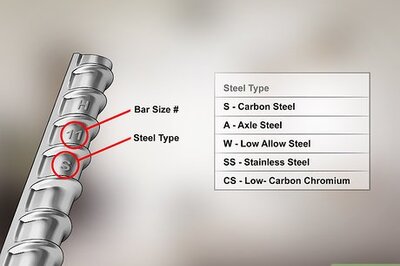

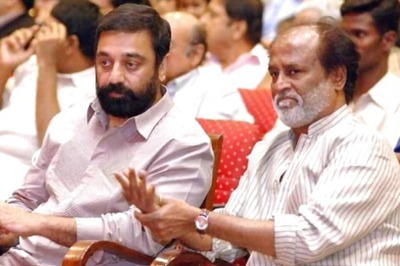
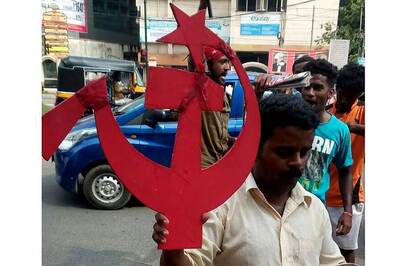
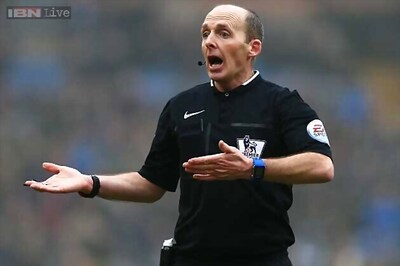



Comments
0 comment